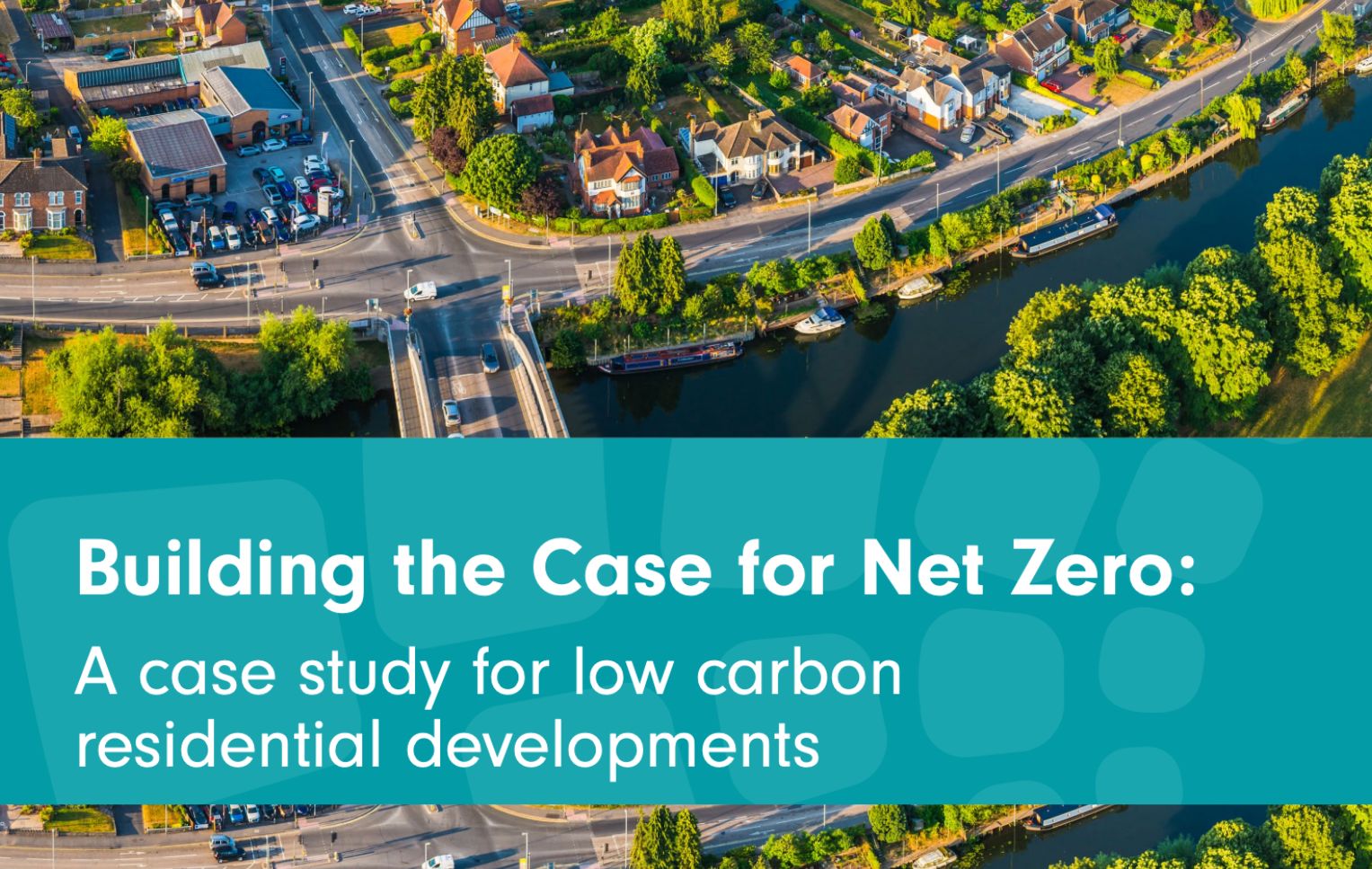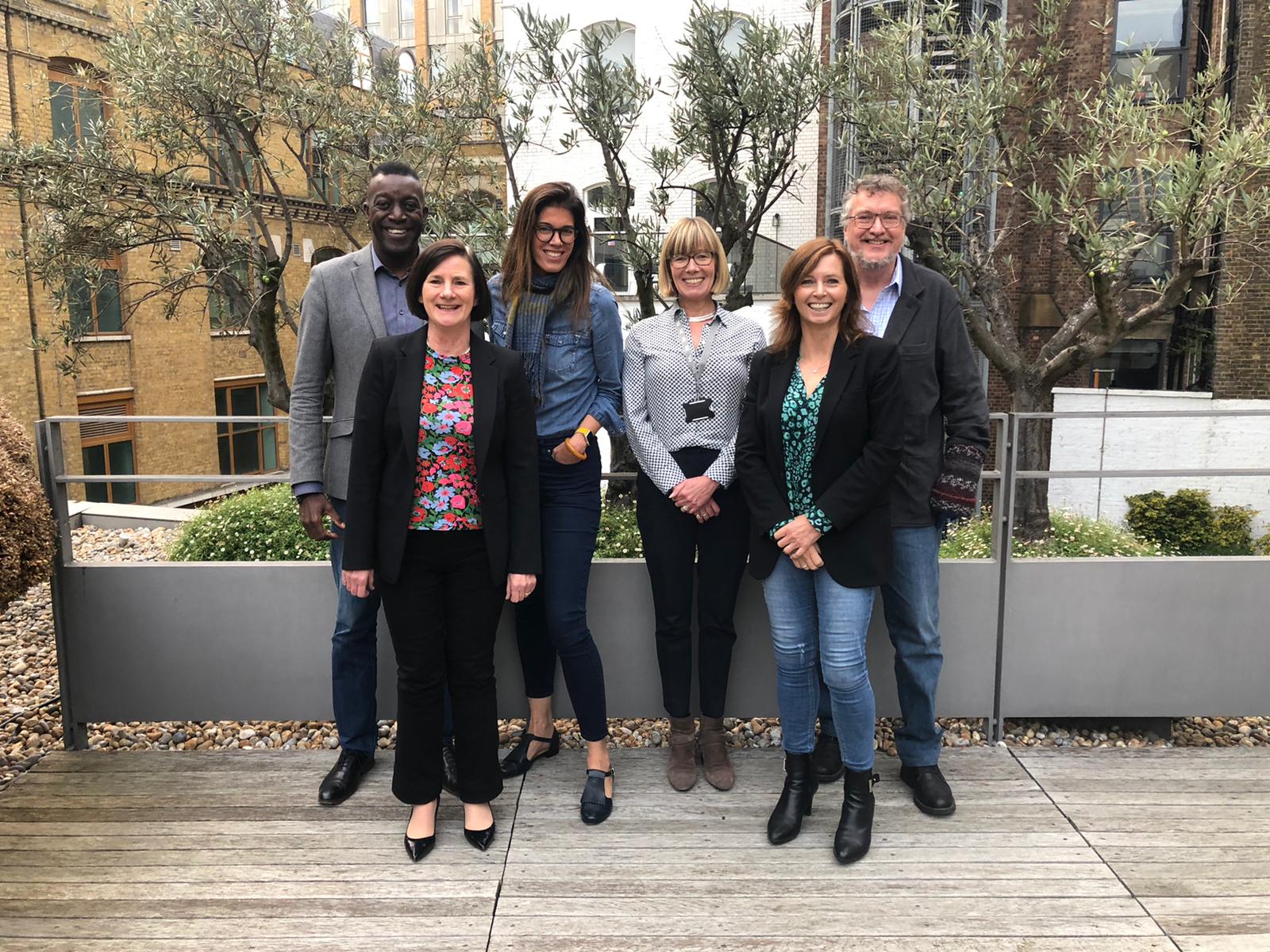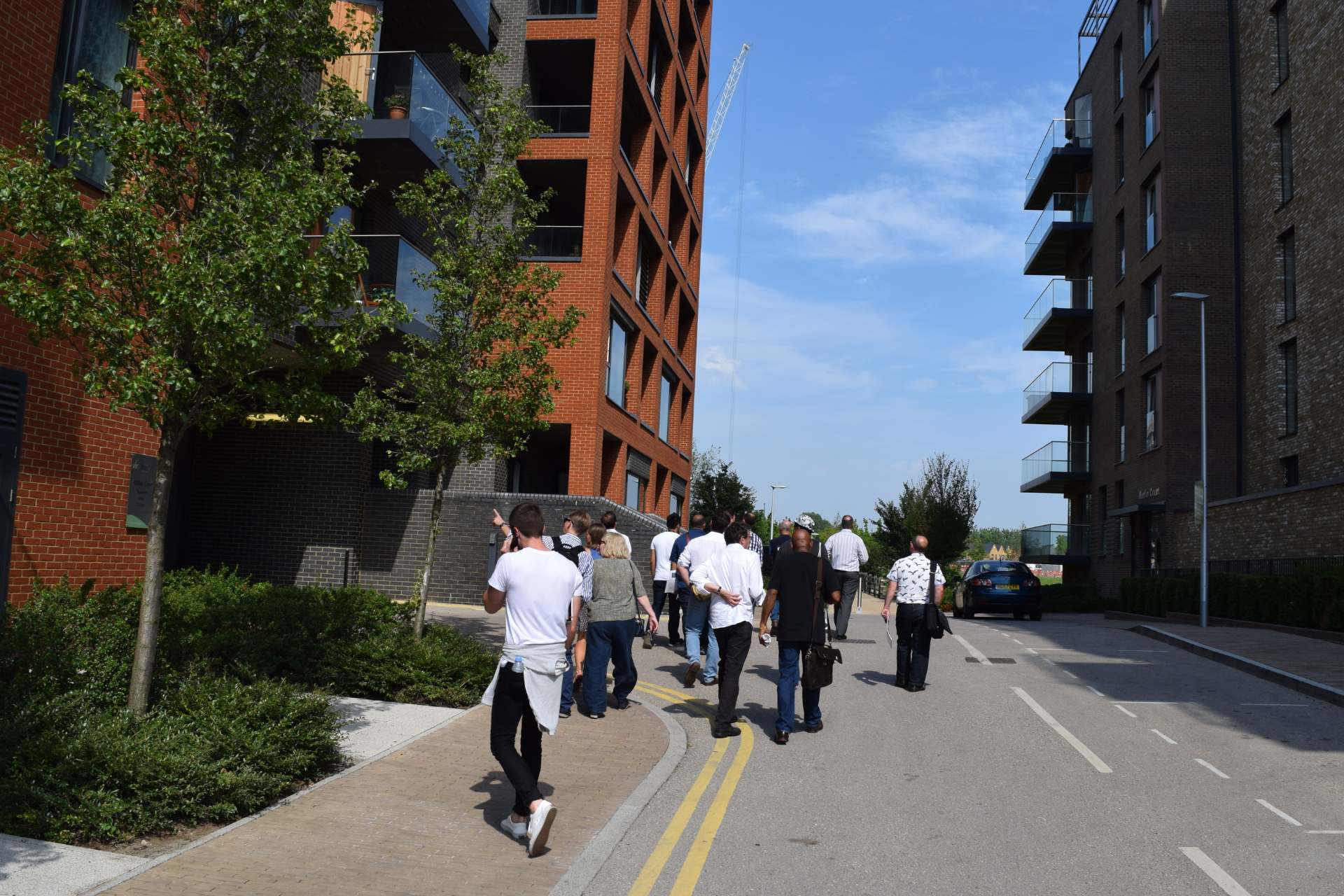In Climate Quarterly we highlight useful guidance, research and exemplary sustainable developments to inform best practice approaches to the built environment.
Adapting to increased heat
As the highest temperature ever recorded in England was set in July (40.3 degrees), we are reminded of the need to urgently adapt to climate change. From white roofs to tree planting to building design, this article has some useful advice for how the built environment can adapt to increased heat: Link.
Reducing car use
Transport is the largest single source of carbon emissions in the UK and traffic levels have been steadily rising for decades, highlighting the need for alternatives to the private car. Researchers have ranked the 12 most effective ways to reduce car use in towns and cities: Link
The link between human and planetary health
This excellent report from the Urban Health Council shows how human health is intrinsically linked to planetary health: Link
Embodied Carbon beyond buildings
Embodied carbon is usually associated with the emissions related to new buildings. However, other masterplan features like roads, infrastructure and public realm also contain embodied carbon. The UK Green Building Council has released a report demonstrating how a masterplan’s embodied carbon can be reduced by 20% with a range of ‘easy win’ design choices: Link
Exemplar Passivhaus schemes
Passivhaus, the once niche building standard, is becoming mainstream. These super-insulated buildings are starting to appear across the south east. Here are a few recent examples.
Metropolitan Workshop gains consent for 24 affordable Passivhaus homes on an infill site in Lewisham: Link
Spelthorne Borough Council is working with Wilmott Dixon to deliver a Passivhaus leisure centre in Staines-Upon-Thames. Link
Gbolade Design Studio has been appointed to deliver Passivhaus homes for Brighton & Hove City Council on a challenging site in Portslade: Link
Image source: UKGBC





